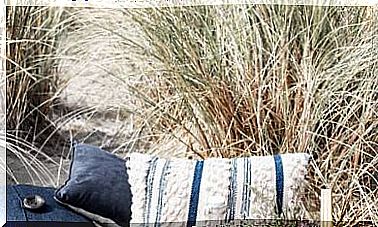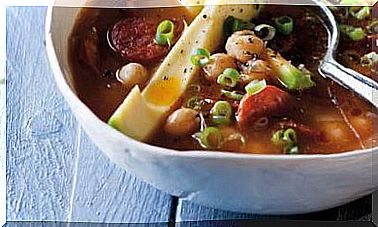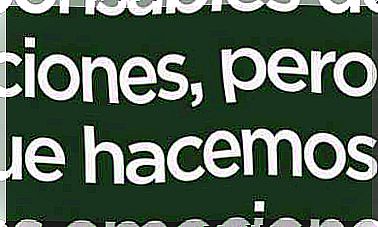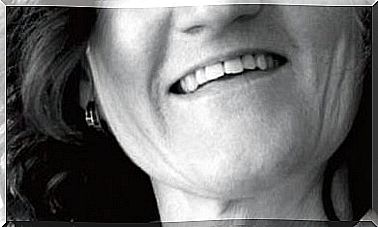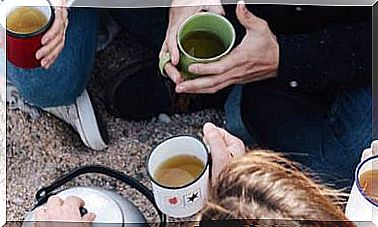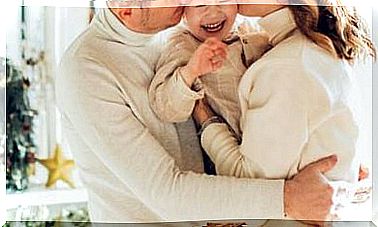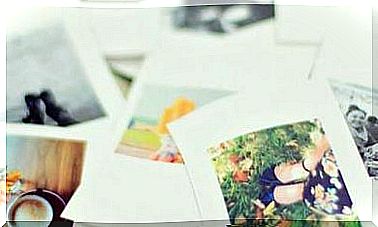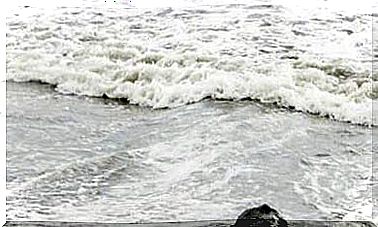Why It Is Important To Buy Soil For “peat-free” Plants
To obtain peat, they must be dewatered and, therefore, destroy valuable swamps with all their flora and fauna. In addition, large amounts of greenhouse gases are released.

- What is peat land used for?
- What is peat?
- Why does peat damage the environment?
- Why Potting Soil Still Contains Peat
- How to recognize ecological earth
- Reuse the land instead of buying new
What is peat land used for?
Peat really offers many advantages for growing plants. For this reason, it is common to mix it with the soil that is used for gardens, balconies and indoor plants. The proportion of peat in purchased land is between 50 and 100 percent, which has significant negative consequences for the environment.
What is peat?
Peat is a light, fluffy, dark brown organic material that turns into charcoal over time. It is extracted from peat bogs, very humid soils where air does not penetrate, so the plants and mosses do not rot completely. Its formation process is extremely slow: every year about a millimeter of peat is deposited in a swamp.
Why does peat damage the environment?
Whether it is to make substrate or garden soil, fertilizer or fuel, to extract the peat, the swamp must first be drained. However, intensive extraction of peat has turned peatlands into one of the most threatened ecosystems in the world. There are countries where they have already completely disappeared.
Many peatlands are found in moorlands, which are complex ecosystems that are home to many special species of plants and animals. When the páramo is drained, this important environment is destroyed forever and with it part of the biodiversity is lost.
Peat extraction favors climate change
On the other hand, peatlands store large amounts of CO2. Wastelands make up only three percent of the world’s land surface, but contain 33 percent of the CO2 stored in the soil. Peat extraction releases the gas that contributes to global warming and can have a huge impact on the local environment.
That is why the moors have been protected in countries like Switzerland since 1987. Most of the imported peat that ends up in the garden soil bags comes from northern Europe.
Why Potting Soil Still Contains Peat
Peat is an excellent reservoir for water and nutrients, and it also lightens garden soil. This effect can also be achieved with wood fibers, crushed tree bark and compost, as well as clay granules (arlite). However, these materials tend to have higher prices, so many growers still depend on peat for their landscaping.
How to recognize ecological earth
Those who consciously want to avoid the use of peat should pay attention to the words “without peat” on packages of gardening soil that they purchase at florists, garden centers or online.
However, “peat-free” does not always automatically mean that it is a sustainable product. Wood, coir, compost or clay added to the soil can come from too far away, multiplying its impact on the climate.
To avoid these and other less environmentally friendly ingredients, it is worth taking a look at the list of exact ingredients from the land and where they came from.
Reuse the land instead of buying new
In many cases, when the balcony flowers have finished their flowering and have withered, they end up with a pot and soil in the trash or, in the best of cases, as part of the compost. It is not necessary to renew the potting soil every year. The new spring plants will be just as happy with the old soil.
Before recycling the soil, you should examine it to make sure it is free of pests that are sometimes not seen on the surface. To discover them you must turn the pot over some newspaper. If nothing is visible, then you can start enriching it with some compost or new peat-free soil to increase the nutrient content. You can also add natural slow-release fertilizers like rock meal.
